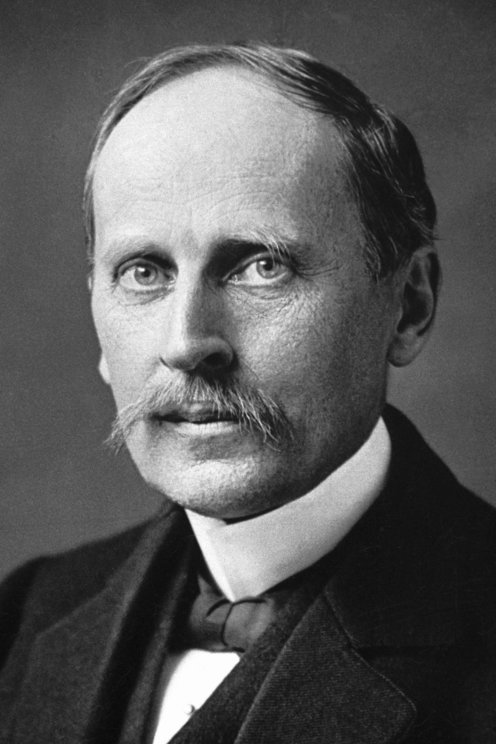Abbas Ibn Firnas (Arabic Abbas بن فرناس) (610-7 AD) was an Andalusian Muslim polymath or polymath of Berber descent. His real name is Abbas Abu Al-Qasim Ibn Firnas Ibn Irdas Al-Takurini. He was an inventor, engineer, aviation expert, physician, poet of Arabic literature and Andalusian composer. He was born in Eind-R রnd Onda (present-day Randa, Spain) and lived in the emirate of C্ডrdoba. He is best known for his efforts to fly. The cave of Ibn Firnas on the moon is named after Ibn Firnas. Action Ibn Firnas designed the water clock called Al-Makata. He also designed instruments for making transparent glass. He developed a device called the Planisphere for astronomy and a lens suitable for reading. He also developed effective models for displaying the rotation of planets and stars Another of his important discoveries was the process of cutting stone crystals.
His discovery freed Spain from its dependence on Egypt for quartz cutting. Spain has previously relied on Egypt for this. In a room of his house, he arranged to see the stars, clouds, lightning, and light, which was done by applying mechanical methods in his underground laboratory. Flying He is better known for his efforts to fly in the sky. He is said to have flown in the sky through a pair of wings. The only Moroccan historian on this subject is Ahmed Mohamed Almakkari (c. 156–1732). He recorded this event almost seven centuries later. According to Almakkari: One of his other interest-stimulating experiments was that he tried to fly. For this, he wrapped himself in feathers and attached a pair of wings to his body. Then he climbed high and jumped into the air. According to reliable authors who have witnessed this phenomenon, he has been able to cover almost acceptable distances just like a bird.
He was seriously injured in the back while landing at the flight site. This is because the birds use their tails when landing, which he did not do. Almakkari is said to have written information in his history of which early sources are not available. But a poem about Firnas, written in the 9th century by Mumin Ibn Said, the royal poet of Muhammad, the first emir of Cordoba, is found.
It says: "He flies faster than a phoenix when he is covered with a flock of vultures."
It is thought that his attempt to fly in the glider of Ibn Firnas inspired the Ilmer of Malmesbury in England in the eleventh century. However, there is no evidence to support this claim. : !! ►►







0 Comments